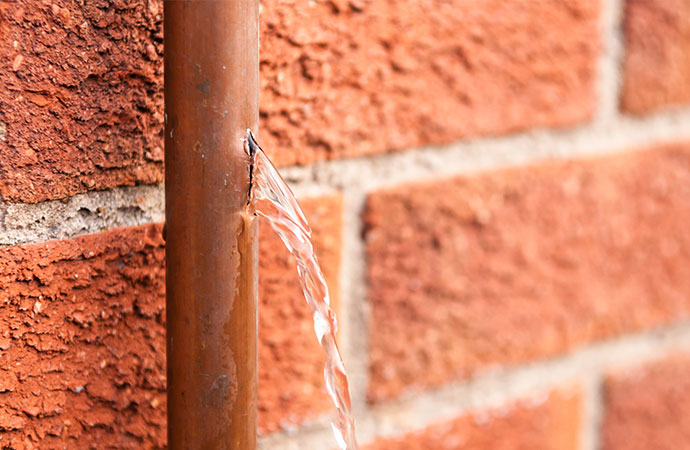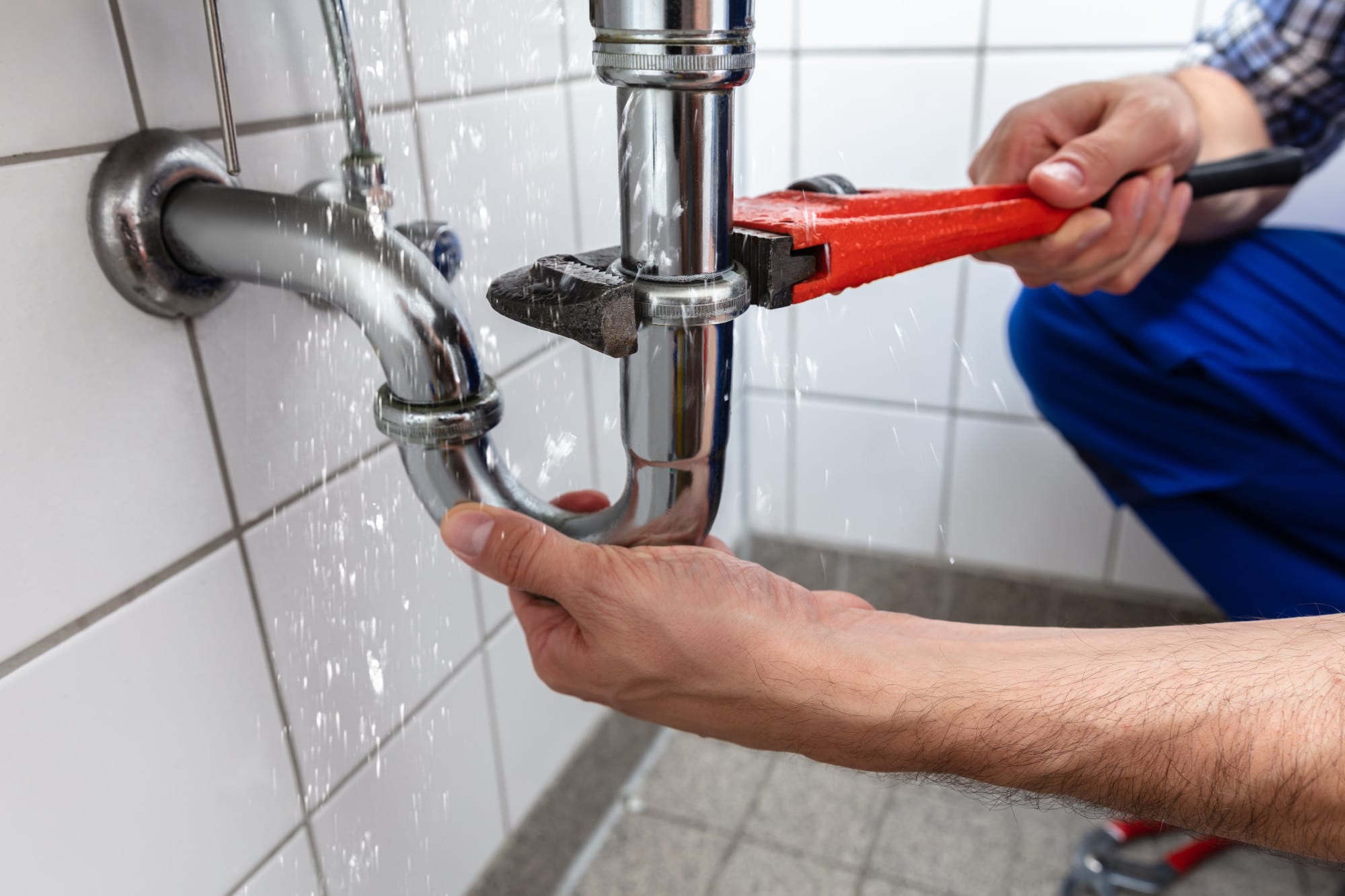Quick Overview: Identifying and also Fixing Burst Pipes in Your Home
Quick Overview: Identifying and also Fixing Burst Pipes in Your Home
Blog Article
The content below pertaining to How to Prepare for Your Dishwasher Installation is truly insightful. Read it yourself and see what you think about it.

A ruptured pipe is a major emergency; you can only stand as you enjoy water you pay a lot to rejoin with the earth. In worse situations, you see a pool on your kitchen floor, which is a terrific journey threat, specifically if you have youngsters around. If the pipeline that ruptured was in your walls, bad news: you may need to paint that entire section.
Exactly how can a catastrophe like a ruptured pipeline be protected against and also taken care of? Well, by paying attention to your specialist emergency plumbing professionals and also adhering to these regulations.
Just how do I recognize when my pipes have burst?
Fluctuating water pressures
Pipes do not just burst in a day. You might have seen that your cooking area faucet or shower does not run quickly when you transform the faucet. It may pause for a few seconds and then blast you with even more pressure than common.
In various other circumstances, the water might appear typical initially, then drop in pressure after a few secs.
Damp wall surfaces as well as water spots
Before a pipe bursts, it will leak, the majority of times. If this relentless leaking goes unnoticed, the leakage might graduate into a vast tear in your pipe. One easy means to prevent this emergency is to watch out for wet wall surfaces ad water discolorations. These water discolorations will certainly lead you right to the leak.
Puddles under pipes and sinks
When a pipeline ruptureds, the outflow forms a puddle. It might show up that the puddle is growing in dimension, and also regardless of the number of times you mop the pool, in a couple of minutes, there's another one waiting to be cleansed. Commonly, you might not be able to map the pool to any type of visible pipelines. This is an indicator to call an expert plumber.
Untraceable dripping sounds
Pipeline bursts can take place in one of the most undesirable locations, like within concrete, inside walls, or under sinks. When your house goes silent, you may have the ability to hear an annoyingly relentless leaking noise. Also after you've checked your shower head and also kitchen area faucet, the dripping might continue.
Dear visitor, the dripping might be coming from a pipe inside your wall surfaces. There isn't much you can do about that, other than tell a specialist plumber.
Turn off the Water
When water freezes, it increases in volume by concerning 9 percent. As well as it increases with incredible pressure: The pressure inside pipelines may go from 40 extra pounds per square inch to 40,000 psi! No pipe can hold that much pressure, so it bursts. The break may happen where the ice forms, however more often, it happens where water pressure discovers a weak spot in the pipeline. That may be inches and even feet from the frozen area. Locate the water shutoff valve and shut off the water to stop more damages. You might additionally need to turn off the electricity also, depending on where the leaks takes place and just how big it is.
Polluted water
Many people presume a ruptured pipe is a one-way electrical outlet. Fairly the contrary. As water flows out of the hole or tear in your plumbing system, contaminants discover their method.
Your water may be polluted from the resource, so if you can, check if your water storage tank has any kind of problems. Nevertheless, if your alcohol consumption water is provided and also purified by the city government, you need to call your plumber instantly if you see or scent anything amusing in your water.
What do I do when I spot a burst pipe?
Your water meter will certainly remain to run also while your water wastes. To minimize your losses, find the primary controls as well as turn the supply off. The water pipe are an above-ground structure beside your residential or commercial property.
How to Fix & Detect a Leaking Pipe
How Do I Know if a Pipe is Leaking?
Leak detection tests can help you determine if your pipe has a leak. Even if you don’t see an apparent leak, you should still conduct leak detection tests regularly to save water and money—and prevent major damage to your home.
Water meter. It can be helpful to figure out what your usual water meter usage numbers are and then monitor them regularly. To monitor your meter, first, turn off all water faucets in your home. Check the meter and write down the numbers. In a few hours, check the meter again. If the numbers have changed, you have a leak. Water gauge. Use a water gauge to test your water pressure. Your showerhead should produce a certain amount of water pressure based on its model and design. If the pressure is lower than it is supposed to be for that specific showerhead, your home likely has a leak. Puddles. Look inside your bathroom, laundry, and kitchen sink cabinets. Puddles around the cabinets or around toilets, tubs, showers, and washing machines indicate the presence of a leaking pipe. You may also notice loose tiles, peeling or flaking paint, or mold caused by water accumulation. Napkin test. Even if you don’t see any puddles, you may still have a leak. You can test for water leaks in the bathroom, laundry, and kitchen by wiping below-sink connections with a napkin, paper towel, or piece of toilet paper. If it becomes damp, you probably have a leaking pipe under the sink. Discolored walls. Walls that are discolored—usually with brown or yellow stains—or bulging might mean that they have been impacted by water damage caused by a leaking pipe. Smell. A leaky pipe will create sitting water, and over time, that water may develop a musty smell. If your home smells musty, but you can’t locate the source, it may be due to a leak. Steps for Fixing a Leaking Pipe
A leaky drain can be remedied by tightening the pipe base, replacing the drain seal, caulking the rim, and tightening the pipe nut. Similarly, a leaking toilet pipe can be treated by tightening the packing nut. You may also need to replace the valve. A leaky faucet may just need tightening or replacement of the washers. If that doesn’t work, consider replacing your faucet. If your pipe has a hole in it, you may want to use a pipe leak sealer or pipe leak tape. This quick fix for water pipe leaks can also temporarily fix a copper pipe leak. https://www.ahs.com/home-matters/quick-tips/how-to-tell-if-pipes-are-leaking/

I recently found that post about How to Install and Connect a New Dishwasher while doing a lookup on the internet. Sharing is good. Helping others is fun. Kudos for your time. Visit again soon.
Click For More Information
Report this page